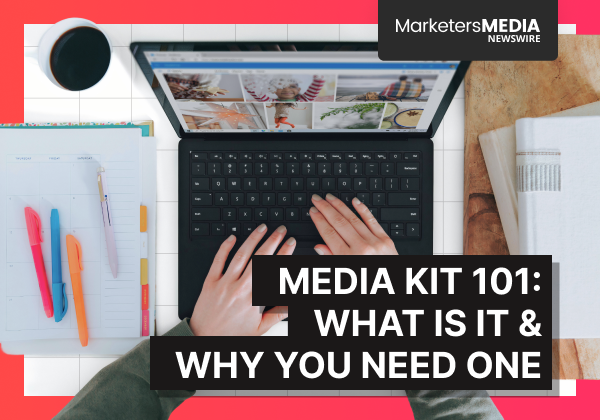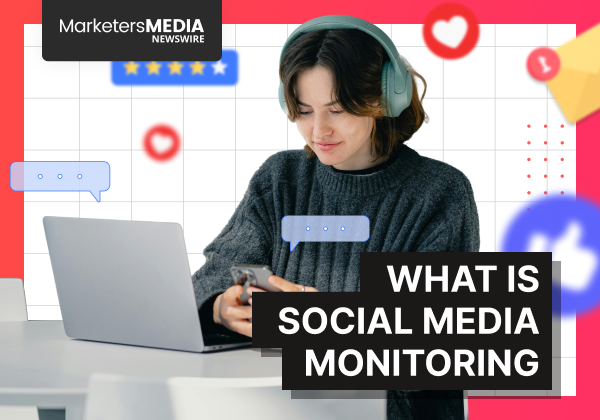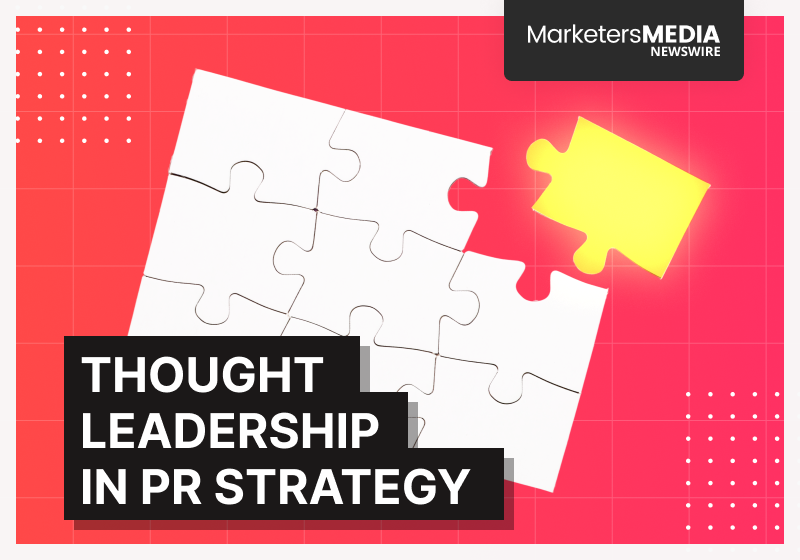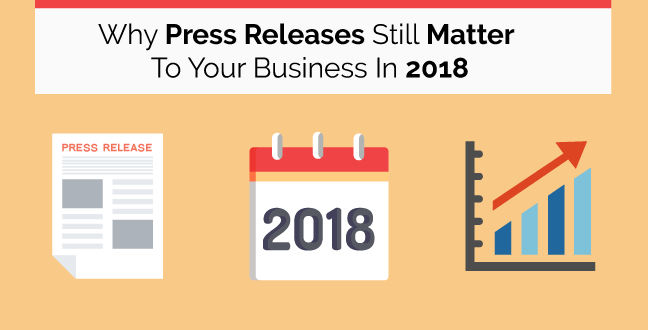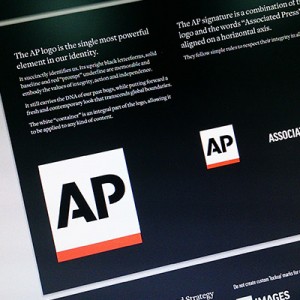Getting your brand's story out precisely can feel like an uphill battle — especially when you’re competing for attention.
That’s where a media kit comes in handy. It’s one of the most powerful tools in your public relations toolkit. Think of it as your business's professional resume meets sales pitch meets brand story, all rolled into one package.
When a journalist needs information about your company, product, or event, your media kit becomes their go-to resource.
What Exactly is a Media Kit?
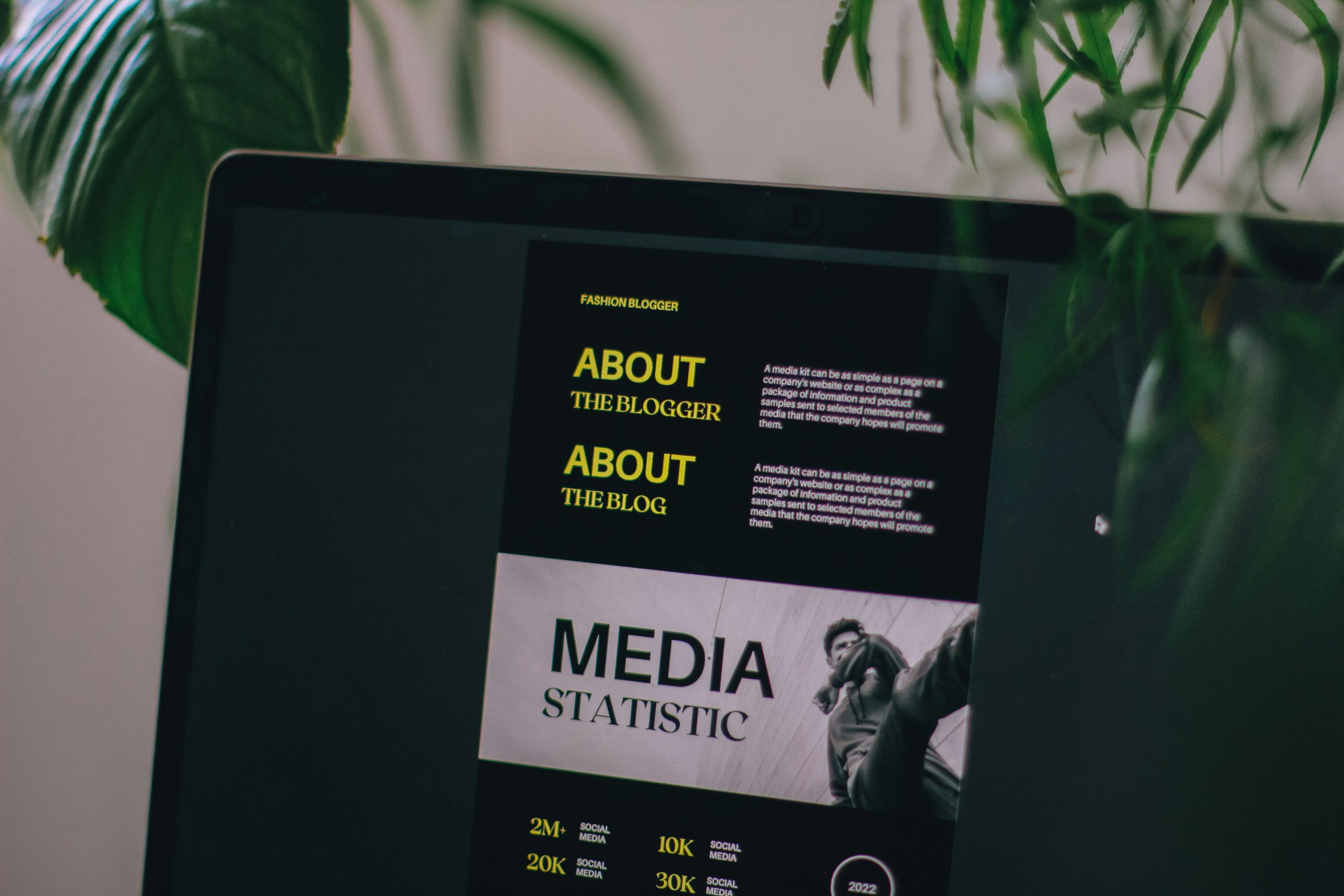
A media kit is a curated collection of promotional materials designed to provide comprehensive information about an individual, company, organization, or cause to members of the media.
⭐️ The Goal: Make it simple for journalists, bloggers, influencers, and potential partners to write about you.
The modern media kit serves multiple audiences:
- Journalists uses it to research and fact-check stories
- Advertisers review it to evaluate partnership opportunities or sponsorships
- Influencers reference it when considering collaborations
- Business partners examine it before making operational decisions
Your media kit should answer every question a media professional might have about your brand. Think of it as your brand’s “resume” for the media.
Media Kit vs Press Kit
People use "media kit" and "press kit" interchangeably, but there are subtle differences worth noting.
Press Kit: Historically referred to materials for print media like newspapers and magazines. These kits contained basic company information, and photos suitable for newspaper printing.
Media Kit: Today, a media kit is almost exclusively a digital package. It encompasses materials for any media outlet: online publications, blogs, social media platforms, advertising channels, podcasts, and video content.
Why Media Kits Matter Now
A solid media kit isn't just nice to have. It's a strategic necessity that directly impacts your bottom line.
Control Your Story
Shape your narrative by providing journalists with accurate, compelling information upfront. This proactive approach prevents misinformation from spreading and ensures consistent brand messaging.
Get More Coverage
Make a journalist’s job easier, and you significantly increase your chances of being featured; The Public Relations Society of America found that 75% of them use media kits when researching stories.
Build Professional Credibility
A polished media kit signals that you're organized, prepared, and serious about your business. You'll appear more credible and reliable than competitors who make media professionals hunt for basic information.
Supports Marketing Efforts
For advertising-focused businesses, media kits drive revenue by presenting audience with demographics, engagement statistics, and partnership opportunities. They turn casual inquiries into concrete business relationships.
Save Time and Increase Efficiency
Instead of creating custom information packages for each media inquiry, you can direct people to your comprehensive media kit. This speeds up response times and frees up your team for other priorities.
Go From 'Overlooked' to 'In-Demand'
Find out what’s blocking your PR success—and how to change it fast.



How to Build a Media Kit
Creating an effective media kit requires strategic thinking about content, design, and organization. Here's what you need to include:
| Components | Description |
|---|---|
| Company Overview (Boilerplate) | A concise “About Us” section that covers your mission, unique value proposition, founding story and key milestones. |
| Executive Biographies | Brief intros of founders or key team members, highlighting their roles and experience. |
| Fact Sheet | Quick stats like launch date, employee count, audience size, and key milestones. |
| Press Releases & Coverage | Links to press releases or media features that show credibility and reach. |
| Product/Service Information | Clear descriptions of offerings, benefits, unique selling points and pricing structures. |
| Visual Assets | Professional logos, team headshots, product images, infographics, videos, and other media |
| Case Studies & Testimonials | Short success stories and positive customer experiences. |
| Contact Information | Media contact name, email, phone, and links to relevant social media profiles. |
Industry-Specific Components
Different industries and purposes require specialized elements:
Influencers: Include experience details, specific services offered, pricing structures, statistics from past campaigns, and a list of previously collaborated brands.
Advertisers: Add comprehensive advertising rates and options, case studies of successful partnerships, and information about affiliate programs.
Events: Include event schedules, detailed agendas, speaker biographies, presentations, and sponsor/exhibitor information.
Bands/Artists: Add discography listings, notable achievements, and equipment lists (particularly for music venues).
⭐️ Quick Tips: Keep your language simple and direct. Prioritize quality over quantity, ensuring all data is up-to-date. Make sure all visual assets are high-resolution and properly formatted for different uses.
Media Kit Examples
The key is matching your media kit type to your specific goals and audience needs.
General Media Kit
Serves as your foundational resource, offering a broad company overview for ongoing public relations activities. This is your all-purpose kit that works for most media inquiries.
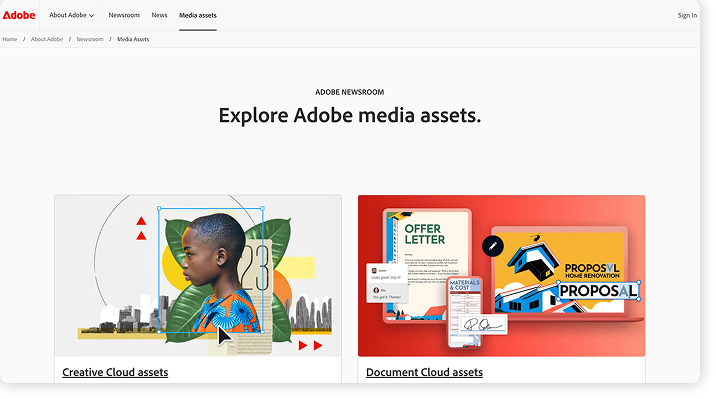
- Example: Adobe’s Newsroom features a professional newsroom with a strong mix of news, company facts, customer success stories, and media coverage, alongside clear contact information for various inquiry types.
- Primary purpose: Broad company overview & PR
- Target Audience: Journalists, general media
Product-Specific Media Kit
These kits are tailored for the launch or promotion of a particular product or service, aiming to generate buzz and drive sales.
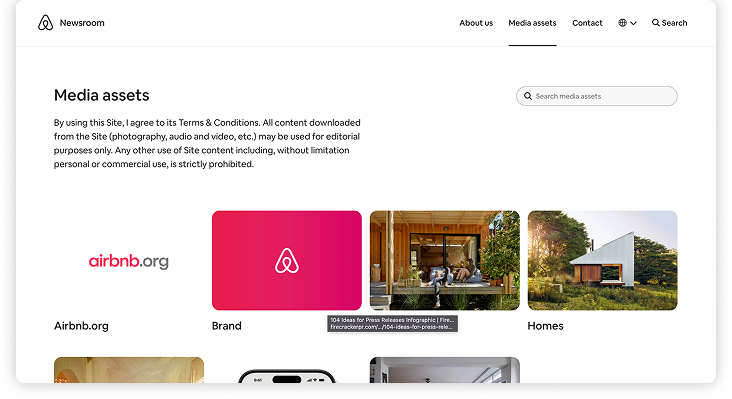
- Example: Airbnb showcases visual storytelling through high-quality photos of unique properties and genuine guest experiences, complemented by engaging infographics that present important statistics and growth figures.
- Primary purpose: Launch/promote new product
- Target Audience: Product reviewers, tech journalists
Event Media Kit
Promotes specific conferences, trade shows, or exhibitions. It includes event schedules, speaker bios, agendas, and sponsor information.
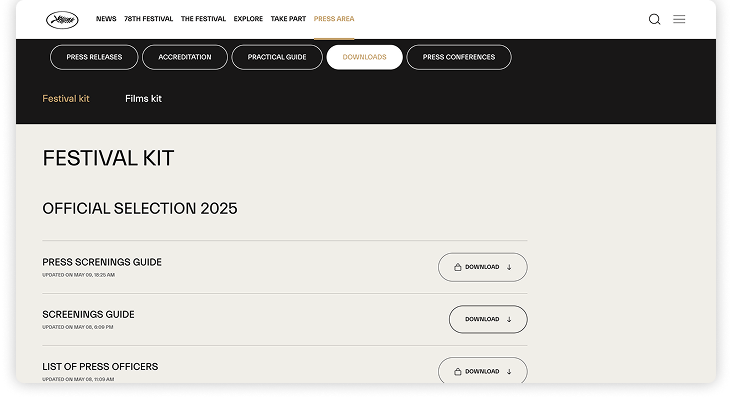
- Example: The Cannes Film Festival provides a "Festival kit" and "Films kit" with press releases, accreditation details, practical guides, and various downloads like posters, photos, and videos for official selection films.
- Primary purpose: Promote specific events
- Target Audience: Event reporters, attendees, sponsors
Advertising Media Kit
Targets potential advertisers and partners. It emphasizes traffic statistics, audience demographics, advertising rates, and case studies of successful partnerships.
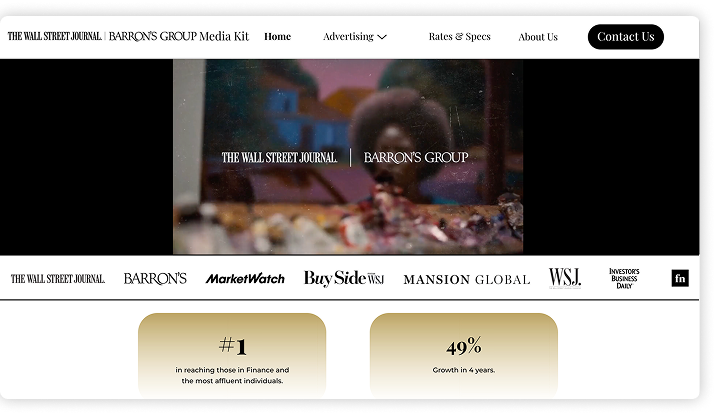
- Example: The Wall Street Journal (WSJ) media kit highlights its 83.5 million monthly visitors, with 70% being C-suite executives and a significant portion being affluent.
- Primary purpose: Attract advertisers/partners
- Target Audience: Potential advertisers, marketing agencies
Influencer Media Kit
Used by content creators to pitch themselves to brands for collaborations, these kits showcase the influencer's profile, capabilities, and service offerings.

- Example: Showcases key metrics like Instagram followers and YouTube subscribers to potential collaborators. While not a specific influencer's kit, platforms like Canva are widely used to create these.
- Primary purpose: Showcase content creator's profile & services
- Target Audience: Brands, businesses seeking collaborations
Distribution Strategies
Having a great media kit means nothing if people can't find it easily.
- Website Press Room: Create a dedicated “Media” or “Press” section where media kit is easily available in PDF format or as direct web pages.
- Direct Outreach: Include a link to your media kit in your email pitches to journalists, bloggers, and influencers.
- Email Signature: Consider adding a subtle link to your media kit in your email signature.
- Online PR Platforms: Upload your media kit to PR distribution services or media databases if you use them.
- Social Media: Occasionally mention or link to your media kit on professional social media platforms like LinkedIn.
- Conferences/Events: If you have physical materials, a QR code linking to your digital kit can be useful at events.
Bonus Steps:
Interactive Elements
Digital media kits can include clickable links, embedded videos, and animated infographics. These elements enhance engagement but should improve rather than complicate the user experience.
Future trends might include Augmented Reality features that let potential customers virtually try products, or Virtual Reality experiences that transport them to digital showrooms.
Performance Tracking
Monitor how often your media kit is accessed or downloaded. Use Google Analytics to track website traffic, including visitor numbers, time spent on site, and bounce rates.
This data-driven approach allows you to refine content and adjust distribution channels based on performance. You can optimize to better target your intended audience and increase overall visibility.
The Bottom Line
As we've seen, a robust media kit is far more than just a collection of documents; it's a strategic asset that simplifies the job of journalists and content creators, ensures brand consistency, and ultimately supports your broader marketing efforts.
The best media kits share a few common characteristics: they're comprehensive yet scannable, visually appealing yet functional, and regularly updated based on performance and feedback.
Your media kit represents your brand when you're not in the room. Make it count.
Free Press Release Template
Tell us where to send your PDF:
